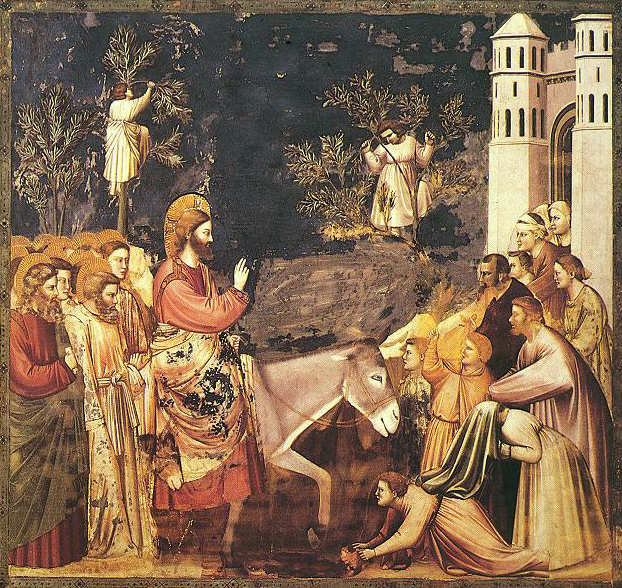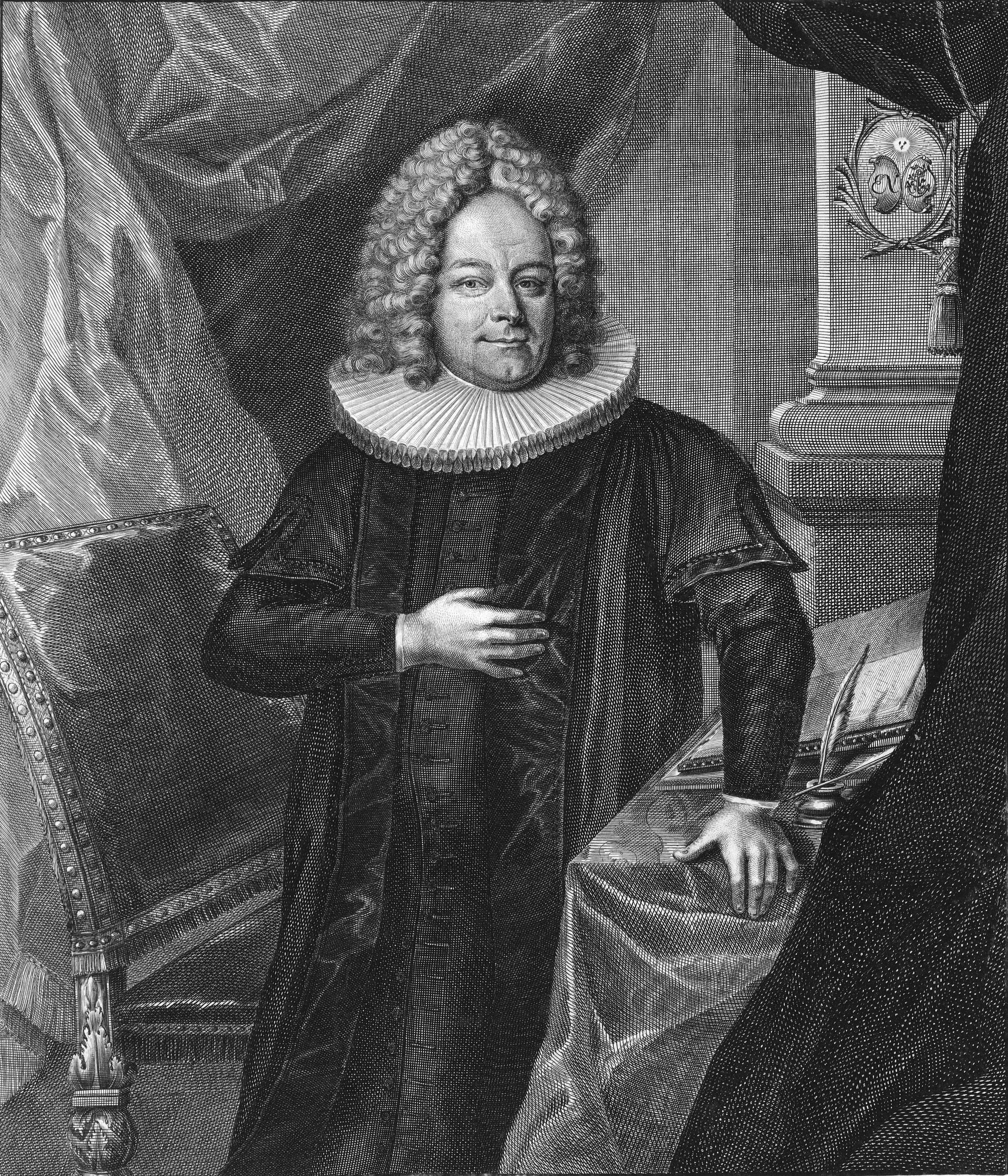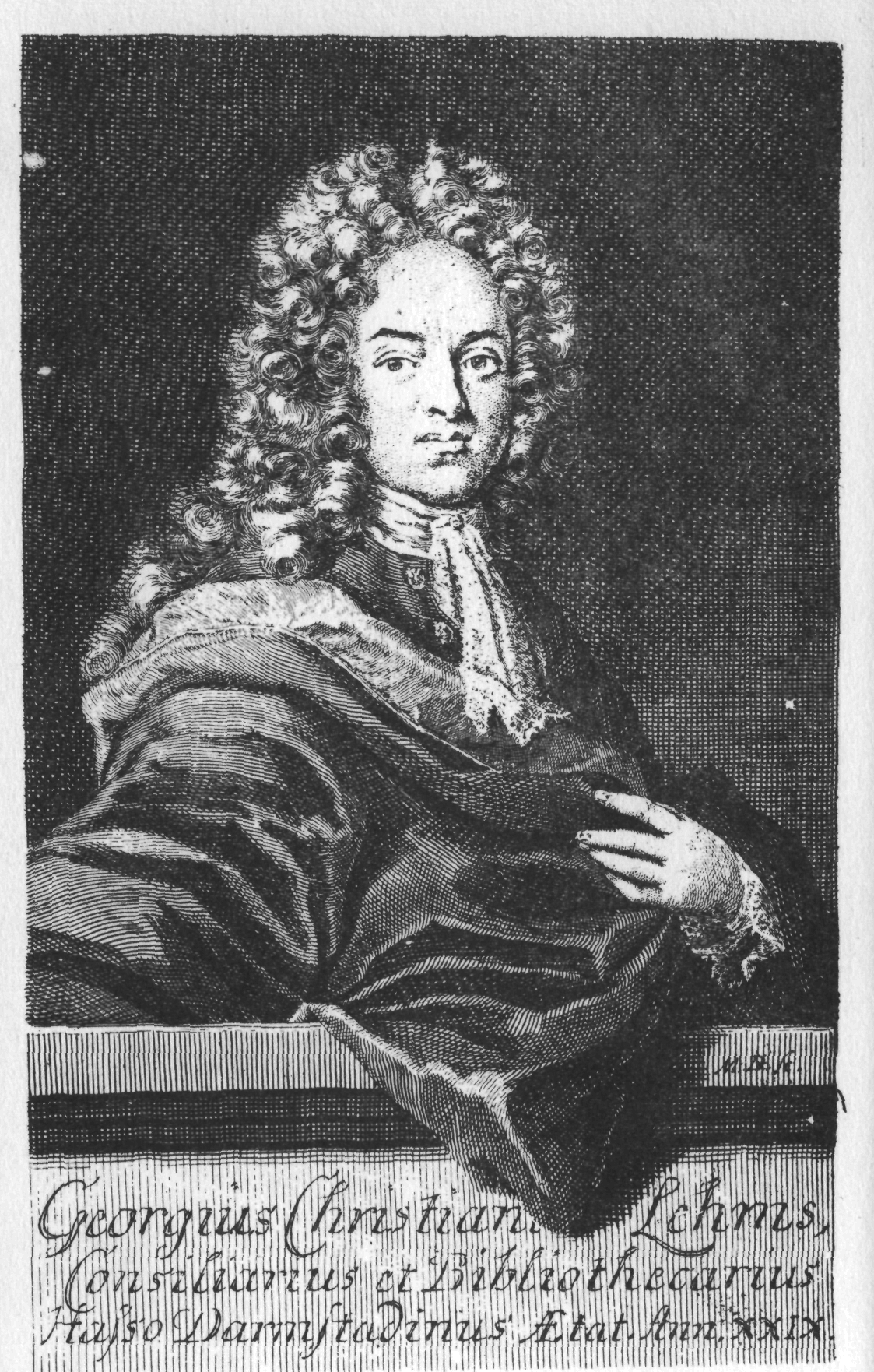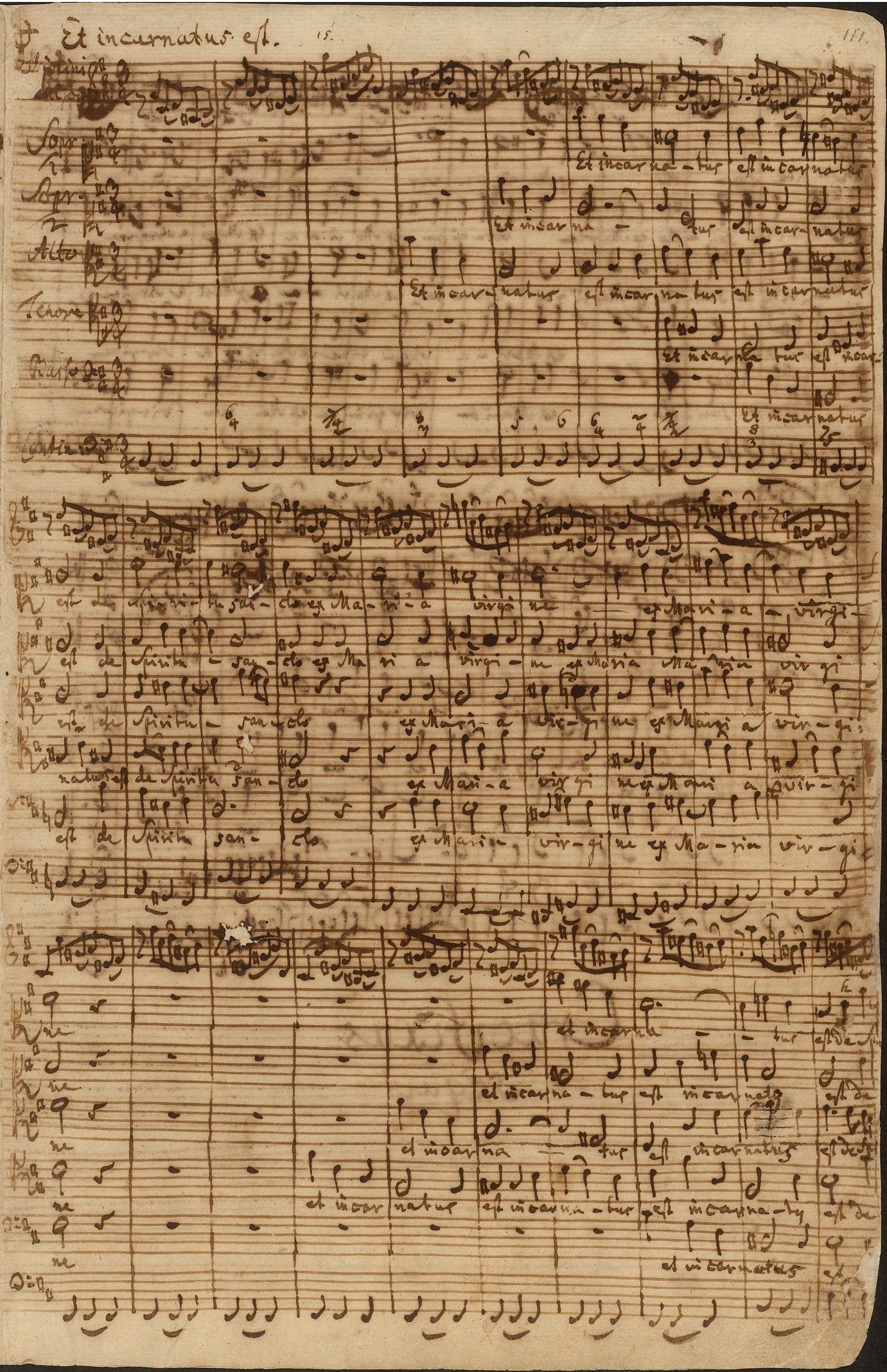|
1714 In Music
The year 1714 in music involved some significant events. Events *March 2 – Johann Sebastian Bach is appointed Konzertmeister at Weimar, having declined a post at Halle. *A school of dance opens at the Paris Opera. * Michel Richard Delalande assumes full control of the French royal chapel upon the retirement of his last co-''sous maîtres''. *Francesco Geminiani arrives in London, where he obtains the patronage of William Capell, 3rd Earl of Essex. * Melchior Hoffmann, composer, marries Margaretha Elisabeth Philipp; he is already suffering from a terminal illness. *Domenico Scarlatti becomes ''maestro di cappella'' at the Cappella Giulia in the Vatican. *Francesco Maria Veracini visits London and performs at the Queen's Theatre. *The first permanent church organ in the United States, the Brattle organ, imported by Thomas Brattle, is installed in Boston at King's Chapel.Southern, pg. 24 * John Tufts publishes the first instructional book for singing in the USA. *Gottfried Silb ... [...More Info...] [...Related Items...] OR: [Wikipedia] [Google] [Baidu] |
March 2
Events Pre-1600 * 537 – Siege of Rome: The Ostrogoth army under king Vitiges begins the siege of the capital. Belisarius conducts a delaying action outside the Flaminian Gate; he and a detachment of his ''bucellarii'' are almost cut off. * 986 – Louis V becomes the last Carolingian king of West Francia after the death of his father, Lothaire. * 1331 – fall of Nicaea to the Ottoman Turks after a siege. *1444 – Skanderbeg organizes a group of Albanian nobles to form the League of Lezhë. * 1458 – George of Poděbrady is chosen as the king of Bohemia. * 1476 – Burgundian Wars: The Old Swiss Confederacy hands Charles the Bold, Duke of Burgundy, a major defeat in the Battle of Grandson in Canton of Neuchâtel. * 1484 – The College of Arms is formally incorporated by Royal Charter signed by King Richard III of England. * 1498 – Vasco da Gama's fleet visits the Island of Mozambique. 1601–1900 * 1657 – The Great Fire ... [...More Info...] [...Related Items...] OR: [Wikipedia] [Google] [Baidu] |
John Tufts (music Educator)
Reverend John Tufts (26 February 1689 – 17 August 1750) was an early American music educator. Biography He was born in Medford, Massachusetts. He graduated from Harvard in 1708, and was minister at Newbury, Massachusetts, from 1714 until 1738, where he preached sermons that disparaged music illiteracy. Retired from the ministry in 1738, moved to Amesbury, Massachusetts, and set up as a shopkeeper there until his death. He wrote the first American textbook meant to solve the problem, ''An Introduction to the Singing of Psalm Tunes, with a Collection of Tunes in Three Parts'' (Boston, 1715). He also published a sermon, “Humble Call to Archippus” (1829). He died in Amesbury. Music book The appendix of ''An Introduction to the Singing of Psalm Tunes'' presented the rudiments of music, instructions for tuning the voice, musical notation, intervals, scales, clefs, and meter signatures. The book became the prototype for numerous other books written during the 18th century. The t ... [...More Info...] [...Related Items...] OR: [Wikipedia] [Google] [Baidu] |
Himmelskönig, Sei Willkommen, BWV 182
(King of Heaven, welcome), 182, is a church cantata by Johann Sebastian Bach. He composed it in Weimar for Palm Sunday, and first performed it on 25 March 1714, which was also the feast of the Annunciation that year. History and words In Weimar, Bach was the court organist of Johann Ernst von Sachsen-Weimar. On 2 March 1714, he was promoted to , an honour which included a monthly performance of a church cantata in the . According to Bach scholar Alfred Dürr, this cantata is Bach's first cantata in a series which was meant to cover all Sundays within four years. However, ''Widerstehe doch der Sünde'', BWV 54 has also been proposed as the first. In any event, BWV 182 preceded . Bach composed the cantata for the Marian feast of the Annunciation, always celebrated on 25 March, which fell on Palm Sunday in 1714. Other than in Leipzig, where ''tempus clausum'' was observed during Lent and no cantatas were permitted, Bach could perform in Weimar a cantata especially meant for t ... [...More Info...] [...Related Items...] OR: [Wikipedia] [Google] [Baidu] |
Erschallet, Ihr Lieder, Erklinget, Ihr Saiten! BWV 172
(), , is a church cantata by Johann Sebastian Bach, composed in Weimar for Pentecost Sunday in 1714. Bach led the first performance on 20 May 1714 in the , the court chapel in the ducal Schloss. ''Erschallet, ihr Lieder'' is an early work in a genre to which he later contributed complete cantata cycles for all occasions of the liturgical year. Bach was appointed in Weimar in the spring of 1714, a position that called for the performance of a church cantata each month. He composed ''Erschallet, ihr Lieder'' as the third cantata in the series, to a text probably written by court poet Salomon Franck. The text reflects different aspects of the Holy Spirit. The librettist included a quotation from the day's prescribed Gospel reading in the only recitative, and for the closing chorale he used a stanza from Philipp Nicolai's hymn "" (1599). The work is in six movements, and scored for four vocal soloists, four-part choir, three trumpets, timpani, oboe, bassoon and a string orchestra ... [...More Info...] [...Related Items...] OR: [Wikipedia] [Google] [Baidu] |
Tritt Auf Die Glaubensbahn, BWV 152
(Step upon the path of faith), 152, is a church cantata by Johann Sebastian Bach. He composed this dialogue cantata in Weimar for the Sunday after Christmas and first performed it on 30 December 1714. History and words On 2 March 1714 Bach was appointed concertmaster of the Weimar court capelle of the co-reigning dukes Wilhelm Ernst and Ernst August of Saxe-Weimar. As concertmaster, he assumed the principal responsibility for composing new works, specifically cantatas for the '' Schlosskirche'' (palace church), on a monthly schedule. He composed the cantata for the Sunday after Christmas. The prescribed readings for the Sunday were from the Epistle to the Galatians, through Christ we are free from the law (), and from the Gospel of Luke, Simeon and Anna talking to Mary (). The gospel is the passage following the canticle of Simeon. The cantata text was written by Salomon Franck, the Weimar court poet, who published it in ' in 1715. The gospel refers to Isaiah () and Psal ... [...More Info...] [...Related Items...] OR: [Wikipedia] [Google] [Baidu] |
Christen, ätzet Diesen Tag, BWV 63
(Christians, engrave this day), 63, is a church cantata by Johann Sebastian Bach. He composed the Christmas cantata for the First Day of Christmas, possibly in 1713 for the in Halle. He performed it again for his first Christmas as in Leipzig, on 25 December 1723. History and words The cantata is Bach's earliest extant cantata for Christmas Day, possibly composed in Weimar as early as 1713. The text of the cantata, which echoes theologians in Halle, suggests that it was composed with Halle's in mind, in 1713, when Bach applied to be organist of this church, or in 1716, when he was involved in rebuilding its organ. The text is possibly by that church's Johann Michael Heineccius, who also wrote the libretti for other Bach cantatas definitely written for Halle and had favoured Bach's application for organist at the church as a successor to Friedrich Wilhelm Zachow. Musicologist Christoph Wolff deduces from the "lavish forces" of four trumpets, timpani and three oboes on top ... [...More Info...] [...Related Items...] OR: [Wikipedia] [Google] [Baidu] |
Nun Komm, Der Heiden Heiland, BWV 61
Johann Sebastian Bach composed the church cantata (Now come, Savior of the heathens), 61, in Weimar for the first Sunday in Advent, the Sunday which begins the liturgical year, and first performed it on 1714. The cantata text was provided by Erdmann Neumeister, who quoted the Book of Revelation and framed his work by two hymn stanzas, the beginning of Martin Luther's "", the main hymn for Advent with a melody based on Medieval chant, and the end from Philipp Nicolai's "". The librettist quoted developed his thoughts like a sermon. Bach structured the cantata in six movements, beginning with a chorale fantasia, followed by a series of alternating recitatives and arias, and concluded by a four-part chorale. He scored it for three vocal soloists (soprano, tenor and bass), strings and continuo. Bach led the first performance on 2 December 1714. As , director of music of the main churches of Leipzig, he performed the cantata again on 28 November 1723. History and words On 2 M ... [...More Info...] [...Related Items...] OR: [Wikipedia] [Google] [Baidu] |
Widerstehe Doch Der Sünde, BWV 54
(Just resist sin), BWV 54, is a church cantata by Johann Sebastian Bach. He composed the solo cantata for alto in Weimar between 1711 and 1714, and probably performed it on the seventh Sunday after Trinity, 15 July 1714. It is Bach's first extant church cantata for a solo voice. The text of the short work was written by Georg Christian Lehms, for two arias and a connecting recitative. The topic is to resist sin, based on the Epistle of James. The text was published in a 1711 collection, dedicated to the Sunday Oculi. It is not known when Bach composed the work but is assumed that he performed it as part of his monthly cantata productions in 1714 on the seventh Sunday after Trinity, 15 July. The solo voice is accompanied by strings: two violin parts, two viola parts and continuo. The composition begins with a striking dissonant chord. History and words The history of the composition is not clear. The text was written by Georg Christian Lehms for Oculi, the third Sunda ... [...More Info...] [...Related Items...] OR: [Wikipedia] [Google] [Baidu] |
Mass In B Minor
The Mass in B minor (), BWV 232, is an extended setting of the Mass ordinary by Johann Sebastian Bach. The composition was completed in 1749, the year before the composer's death, and was to a large extent based on earlier work, such as a Sanctus Bach had composed in 1724. Sections that were specifically composed to complete the Mass in the late 1740s include the "Et incarnatus est" part of the Credo. As usual for its time, the composition is formatted as a Neapolitan mass, consisting of a succession of choral movements with a broad orchestral accompaniment, and sections in which a more limited group of instrumentalists accompanies one or more vocal soloists. Among the more unusual characteristics of the composition is its scale: a total performance time of around two hours, [...More Info...] [...Related Items...] OR: [Wikipedia] [Google] [Baidu] |
Mass In B Minor Structure
The Mass in B minor is Johann Sebastian Bach's only setting of the complete Latin text of the . Towards the end of his life, mainly in 1748 and 1749, he finished composing new sections and compiling it into a complex, unified structure. Bach structured the work in four parts: # # # # The four sections of the manuscript are numbered, and Bach's usual closing formula (S.D.G = ) is found at the end of the . Some parts of the mass were used in Latin even in Lutheran Leipzig, and Bach had composed them: five settings of the Missa, containing the and the , and several additional individual settings of the and the . To achieve the , a setting of the complete text of the mass, he combined his most elaborate Missa, the Missa in B minor, written in 1733 for the court in Dresden, and a written for Christmas of 1724. He added a few new compositions, but mostly derived movements from cantata movements, in a technique known as parody. The Mass is a compendium of many different styles i ... [...More Info...] [...Related Items...] OR: [Wikipedia] [Google] [Baidu] |
Weinen, Klagen, Sorgen, Zagen, BWV 12
(Weeping, lamenting, worrying, fearing), 12, is a church cantata by Johann Sebastian Bach. He composed it in Weimar for Jubilate, the third Sunday after Easter, and led the first performance on 22 April 1714 in the , the court chapel of the ''Schloss'' in Weimar. Bach was appointed in Weimar in the spring of 1714, a position that called for the performance of a church cantata each month. He composed ''Weinen, Klagen, Sorgen, Zagen'' as the second cantata in the series, on a text probably written by court poet Salomon Franck. The work is structured in seven movements, an instrumental ''Sinfonia'', a choral passacaglia, a recitative on a Bible quotation, three arias and, as the closing chorale, the last stanza from Samuel Rodigast's hymn "" (1674). The cantata is scored for three vocal soloists, a four-part choir, trumpet, oboe, bassoon, two violins, two violas, and basso continuo. Bach performed the cantata again in his first year as ''Thomaskantor'' – director of chur ... [...More Info...] [...Related Items...] OR: [Wikipedia] [Google] [Baidu] |
William Babell
William Babell (or Babel) (c. 1690 - 23 September 1723) was an English musician, composer and prolific arranger of vocal music for harpsichord. Life He received his musical training from his father, Charles Babel, a bassoonist in the Drury Lane orchestra, Johann Christoph Pepusch and possibly George Frideric Handel. He played violin in the private band of George I and appeared as a harpsichordist from 1711, often appearing with William Corbett, James Paisible and later Matthew Dubourg. He was associated with Lincoln's Inn Fields Theatre. From November 1718 until his death, he was organist at All Hallows, Bread Street, and was succeeded by John Stanley. He wrote numerous keyboard arrangements of arias from popular operas of his time. These were published in France, the Netherlands and Germany as well as in England, and formed the basis of his musical reputation. His style was strongly influenced by his close acquaintance with Handel. Johann Mattheson thought he surpassed Hande ... [...More Info...] [...Related Items...] OR: [Wikipedia] [Google] [Baidu] |








